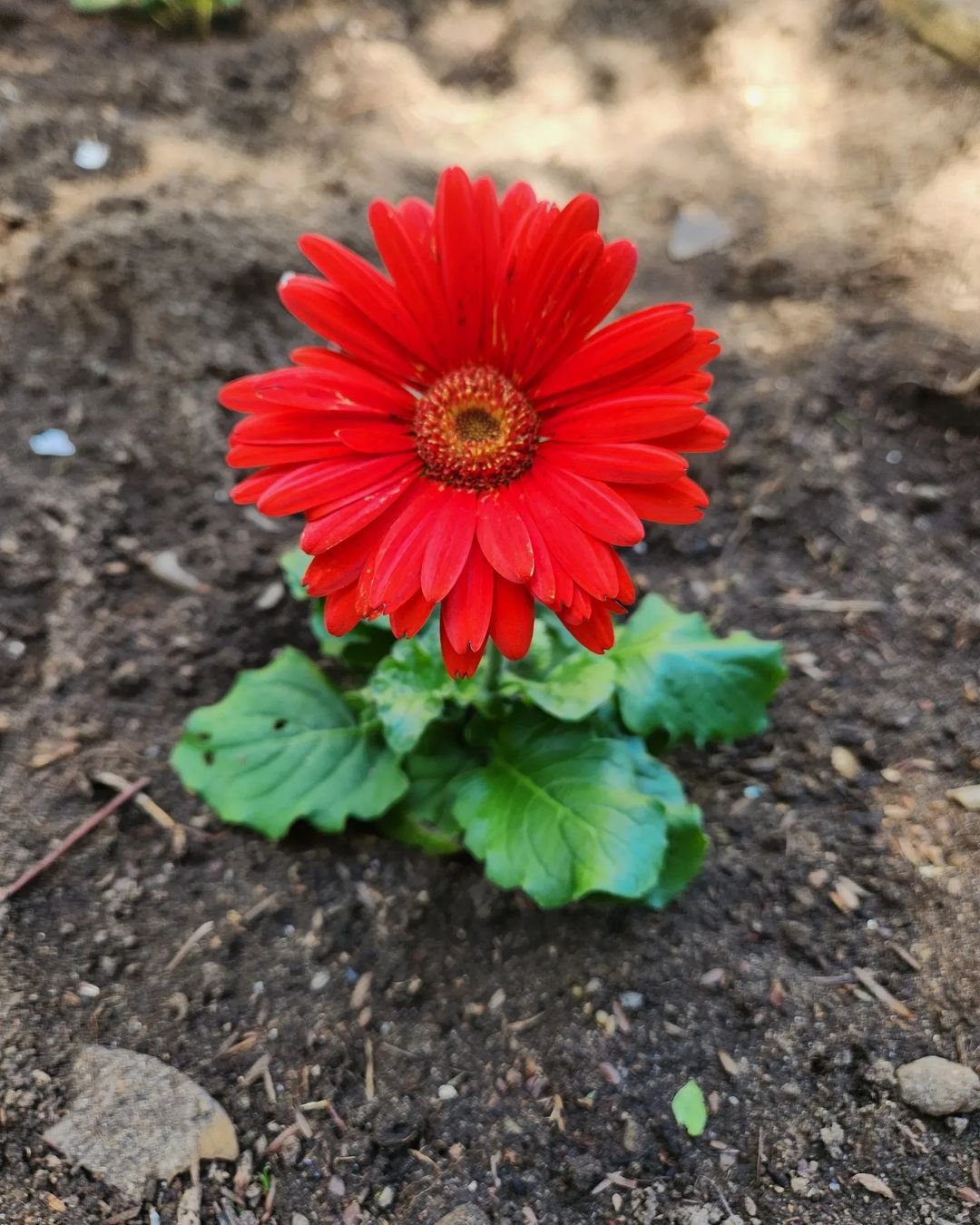Gerbera daisies are vibrant, long-lasting flowers that brighten any garden. This guide covers everything you need to know about growing these beautiful blooms, from planting to care and even using them in arrangements and crafts.
Gerbera daisies are a gardener’s dream come true. These bright and cheerful flowers come in a wide range of colors, including red, yellow, orange, pink, and white. They not only add a pop of vibrant color to your outdoor space but also make excellent cut flowers that can last for weeks with proper care. Whether you’re a seasoned gardener or a beginner, growing gerbera daisies is a rewarding and enjoyable experience. In this comprehensive guide, we’ll cover everything you need to know about planting, caring for, and using these stunning blooms.
Getting Started with Gerbera Daisies

Understanding the Plant
Gerbera daisies are perennials in warm climates, but they are often grown as annuals in cooler regions. These flowers are native to South America, and their scientific name, Gerbera jamesonii, honors the German naturalist Traugott Gerber, who discovered them in the 19th century. Gerbera daisies belong to the Asteraceae family, which also includes sunflowers, daisies, and chrysanthemums.
Choosing the Right Variety
Gerbera daisies come in a wide range of colors, including red, yellow, orange, pink, white, and even bi-colored varieties. When selecting a variety, consider the color, size, and bloom time that best suits your garden design. Some popular varieties include:
- ‘Blushing Bride’ (pale pink)
- ‘Tramezzo’ (deep red)
- ‘Sunburst’ (yellow and orange)
- ‘Paga’ (bright pink)
Planting Gerbera Daisies

Choosing the Right Location
Gerbera daisies thrive in full sun, so it’s essential to select a spot in your garden that receives at least six hours of direct sunlight each day. They also prefer well-draining soil, as their roots can easily rot in overly moist conditions.
Preparing the Soil
Before planting, ensure that the soil is properly prepared. Gerbera daisies prefer slightly acidic soil with a pH between 6.0 and 6.8. Amend the soil with compost or well-rotted manure to improve drainage and provide essential nutrients.
Planting Depth and Spacing
Plant gerbera daisy seeds or seedlings about an inch deep and 12 to 18 inches apart. This spacing allows the plants to grow and spread without overcrowding. If you’re planting multiple rows, leave about 2 feet between each row for easy access and maintenance.
Caring for Gerbera Daisies

Watering
Gerbera daisies have moderate water needs. Water them deeply once or twice a week, ensuring the soil remains consistently moist but not waterlogged. Avoid wetting the foliage, as this can lead to fungal diseases. During hot and dry spells, you may need to water more frequently.
Fertilizing
Apply a balanced, water-soluble fertilizer every two to four weeks during the growing season. This will provide the plants with the nutrients they need to produce vibrant blooms. Alternatively, you can use a slow-release fertilizer at the beginning of the growing season.
Deadheading
Deadheading, or removing spent flowers, encourages the plant to produce more blooms. Regularly check for faded or wilted flowers and snip them off at the base of the stem. This process also helps to keep the plants looking tidy and prevents them from going to seed.
Pest and Disease Management
Gerbera daisies are generally hardy plants, but they can be susceptible to certain pests and diseases. Keep an eye out for aphids, spider mites, and whiteflies, which can be controlled with insecticidal soap or neem oil. Fungal diseases, such as powdery mildew and botrytis blight, can also affect these plants. Proper spacing, good air circulation, and avoiding overhead watering can help prevent these issues.
Winter Care
In colder climates, gerbera daisies may need to be lifted and stored indoors during the winter months. Before the first frost, carefully dig up the plants, shake off any excess soil, and store them in a cool, dry place, such as a basement or garage. In the spring, you can replant them once the danger of frost has passed.
Using Gerbera Daisies

Cut Flowers
Gerbera daisies make excellent cut flowers and can last for up to two weeks in a vase. Cut the stems at an angle and remove any foliage that will be submerged in water. Change the vase water every few days to prolong the blooms‘ lifespan.
Arrangements
The bright colors and large blooms of gerbera daisies make them a standout in floral arrangements. Use them as a focal point or mix them with other flowers and greenery for a vibrant and eye-catching display. Their sturdy stems also make them suitable for bouquets and centerpieces.
Crafts and Decorations
Gerbera daisies are versatile and can be used in various crafts and decorations. Dry the flowers and use them in wreaths, potpourri, or pressed flower art. You can also use fresh or dried petals to create colorful confetti or biodegradable packing material.
Culinary Uses
While not commonly used in cooking, gerbera daisy petals are edible and can add a pop of color to salads, desserts, or as a garnish. However, it’s essential to ensure that the flowers haven’t been treated with any chemicals before consuming them.
Gerbera daisies are a gorgeous and easy-to-grow addition to any garden. With their vibrant colors and long-lasting blooms, they are sure to bring joy and beauty to your outdoor space. By following the tips and guidelines outlined in this guide, you can successfully cultivate these cheerful flowers and enjoy their radiant beauty for years to come. Whether you’re using them as cut flowers, in arrangements, or for crafts and decorations, gerbera daisies are a versatile and rewarding plant to grow. So, why not add some gerbera daisies to your garden this season and experience the magic of these stunning blooms for yourself?
Pingback: 35 Awesome Flowers : that start with A - Gardener's School